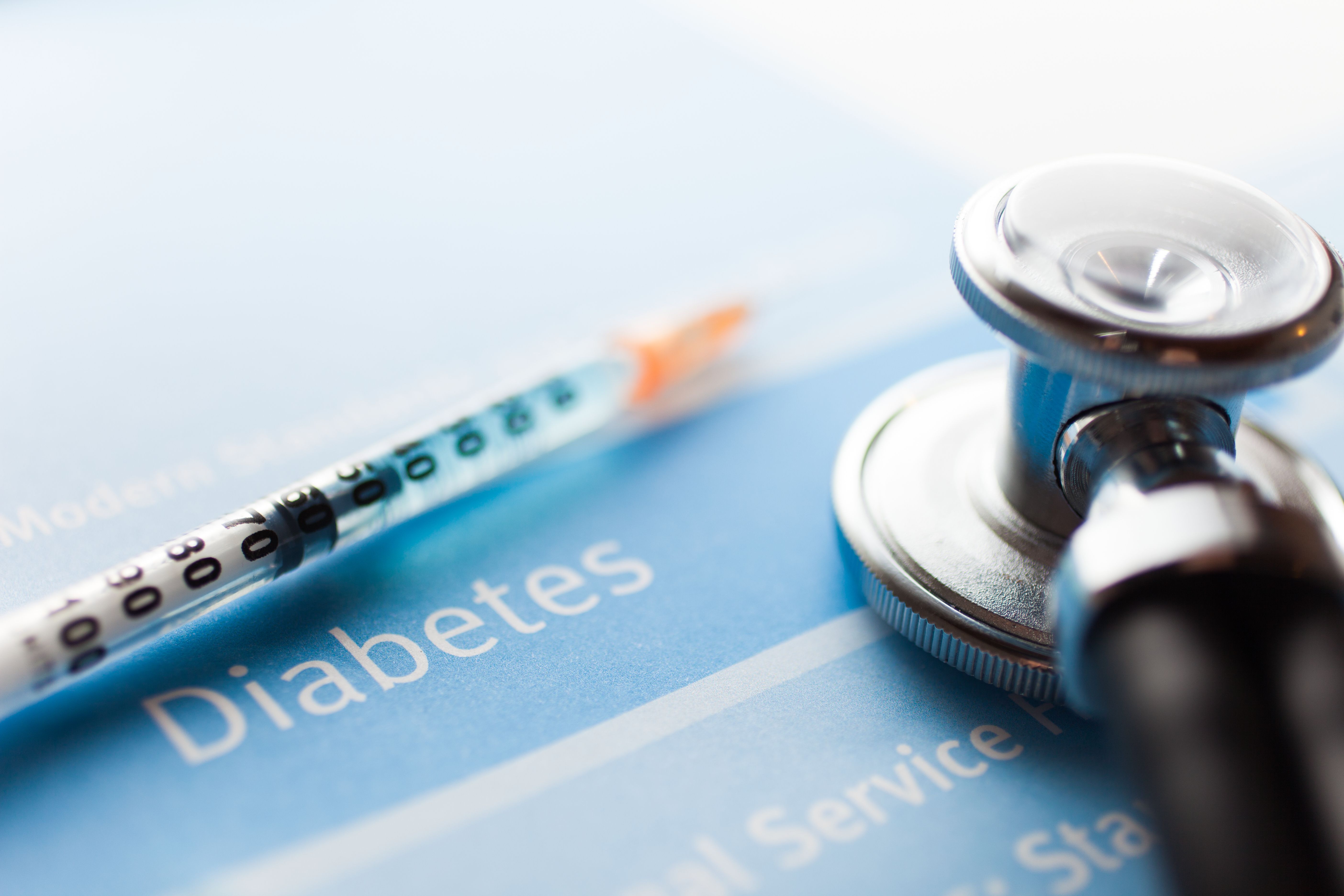Article
Consumption of Salt Associated With Increased Risk of Type 2 Diabetes, Researchers Say
Author(s):
Salt intake may be associated with an increased risk of developing diabetes. Research presented at the annual meeting of the European Association for the Study of Diabetes and published in Diabetologia found sodium intake increased the risk of developing both type 2 diabetes and latent autoimmune diabetes in adults.
Salt intake may be associated with an increased risk of developing diabetes. Research presented at the annual meeting of the European Association for the Study of Diabetes and published in Diabetologia found sodium intake increased the risk of developing both type 2 diabetes and latent autoimmune diabetes in adults (LADA).
Researchers, led by Bahareh Rasouli, PhD, of The Institute of Environmental Medicine at the Karolinska Institutet in Sltockholm, Sweden, set out to discover the link because previous research has suggested excessive salt consumption may increase the risk of type 2 diabetes. Sodium is thought to have this effect by impacting insulin resistance or by increasing blood pressure and promoting weight gain.
Using data from a Swedish population-based study of risk factors for LADA and type 2 diabetes, the researchers compared 335 cases of LADA and 1136 cases of type 2 diabetes with a matched group of 1379 individuals who acted as controls. LADA is a form of type 1 diabetes that differs in that LADA develops slowly. Since it appears later in adulthood, LADA can be mistakenly diagnosed as type 2 diabetes,
Dietary intake was recorded to calculate the consumption of calories, nutrients, and sodium; genetic risk was considered—people were divided into “high risk” or “other” depending on their HLA genotype; and the researchers accounted for differences in risk factors, such as age, sex, body mass index, physical activity, and potassium intake.
The authors found that for each extra gram of sodium consumed daily, there was a 43% average increase in the risk of developing type 2 diabetes and a 73% average increase in the risk of developing LADA.
The participants of the study had also been divided into groups based on their sodium intake: low consumption for fewer than 2.4 grams of sodium daily; medium consumption for 2.4 to 3.15 grams of sodium daily; and high consumption for more than 3.15 grams of sodium daily.
People with the highest consumption had a 58% higher risk of developing type 2 diabetes compared with the group that had the lowest consumption. Patients with high-risk HLA genotypes with a high consumption of sodium were 4 times more likely to develop LADA than participants with low consumption of sodium.
"These findings may have important implications in the primary prevention of diabetes with adult onset,” the authors suggested.





